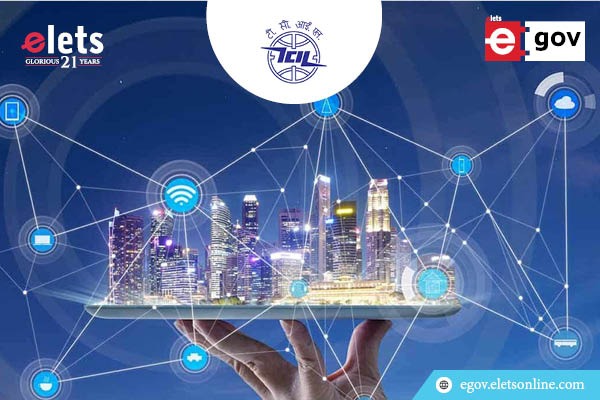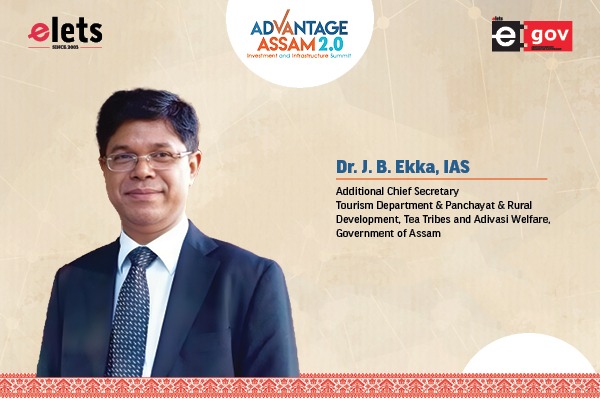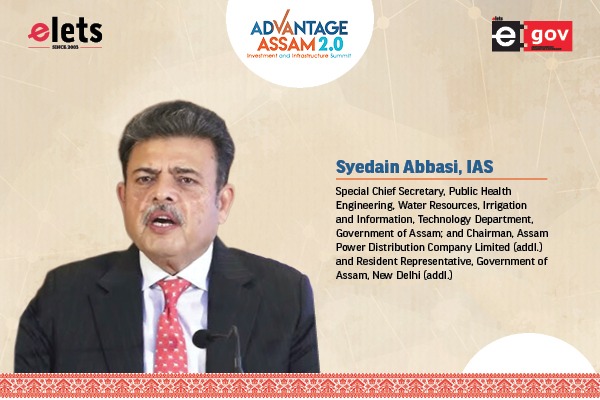
India’s rapid growth in information technology and telecommunications is laying the foundation for unprecedented social and economic development. Under the visionary leadership of the Hon’ble Prime Minister, the nation is witnessing a digital revolution that is transforming the lives of millions by bridging the gap between urban and rural communities, creating opportunities, and driving economic growth.
Expanding Telecom Infrastructure

With over 1.17 billion telecom subscribers, India has built one of the world’s largest communication networks, providing affordable and accessible telecommunication and internet services to its citizens. This widespread connectivity is empowering individuals and businesses, creating new avenues for economic progress.

Key government initiatives like BharatNet and the National Broadband Mission (NBM) are focused on extending broadband connectivity to rural and underserved regions. By doing so, these initiatives are working to eliminate the digital divide that has long separated India’s urban and rural populations. BharatNet, in particular, aims to connect every village with high-speed broadband, bringing telemedicine, remote education, and e-governance services to areas that were previously disconnected from these opportunities. The mission to extend connectivity to remote regions ensures that India’s digital revolution leaves no one behind.

Additionally, the Comprehensive Telecom Development Plan (CTDP) and the expansion of 4G services to previously uncovered villages are critical to connecting India’s most remote and tribal areas. In challenging terrains like the North-Eastern Region, projects that include the installation of satellite links and mobile towers have brought high- speed internet access to communities that were once isolated. These initiatives are making communication and information more accessible, transforming the daily lives of people in these regions.

The Arrival of 5G
The recent launch of 5G services is set to revolutionize industries across India. 5G’s enhanced speed, lower latency, and increased connectivity have the potential to transform sectors like healthcare, education, agriculture, and smart cities. In healthcare, 5G will enable telemedicine services with real-time consultations and advanced diagnostics in rural areas. In education, it will bring digital classrooms to life, offering interactive and immersive learning experiences to students in even the most remote regions.
The agricultural sector, the backbone of India’s economy, is also expected to benefit from 5G technologies. Smart farming solutions, precision agriculture, and data-driven decision-making will help farmers increase productivity and sustainability. Similarly, the rise of smart cities, driven by 5G, will enhance urban living through improved transportation systems, better infrastructure management, and smarter utilities, further boosting economic growth and quality of life.
Transforming Public Service Delivery
On the IT front, the Digital India initiative has been a cornerstone of India’s digital transformation. By promoting the use of technology in governance, the initiative has simplified public service delivery, making it more efficient and accessible. Programs like e-Kranti have digitized government services, streamlining processes and ensuring that essential services are available to all citizens, regardless of their location.
Key platforms like DigiLocker and Aadhaar have made identity verification simple and secure, enabling seamless access to government services, banking, and even healthcare. Aadhaar, in particular, has revolutionized financial inclusion, ensuring that millions of previously unbanked citizens now have access to banking services and direct benefit transfers. These platforms are not only simplifying lives but also driving transparency, reducing corruption, and promoting financial inclusion across the nation.
Leading 6G Innovation
Looking ahead, the Government of India has set its sights on leading the innovation and manufacturing of 6G technology by 2030. With a focus on affordability, sustainability, and self-reliance, India aims to be at the forefront of the next generation of wireless technology. By investing in research and development in emerging technologies like 6G, the government seeks to solidify India’s position as a global leader in telecommunications and digital technology.
Bridging the Digital Divide
The collective impact of these telecom and IT initiatives is clear: India is on a path toward a more digitally empowered society. The efforts to improve rural connectivity, foster innovation, and expand access to digital platforms are helping promote financial inclusion and economic opportunities in even the most remote areas. From enabling digital payments to improving access to government services, these initiatives are laying the groundwork for a more inclusive and sustainable future.
As India continues to invest in its telecommunications and IT infrastructure, the nation is well-positioned to leverage technology for social and economic progress. With a robust digital foundation in place and a clear vision for the future, India is not only bridging the digital divide but also positioning itself as a leader in the global digital economy. The government’s commitment to fostering innovation, affordability, and sustainability ensures that the benefits of this digital transformation will be felt by all Indians, propelling the nation toward a brighter and more prosperous future.
Views expressed by Manoj Diwakar, Chief General Manager (IT&T-II) & Project Director (Western Zone) TCIL, Mumbai
Be a part of Elets Collaborative Initiatives. Join Us for Upcoming Events and explore business opportunities. Like us on Facebook , connect with us on LinkedIn and follow us on Twitter, Instagram.
"Exciting news! Elets technomedia is now on WhatsApp Channels Subscribe today by clicking the link and stay updated with the latest insights!" Click here!













